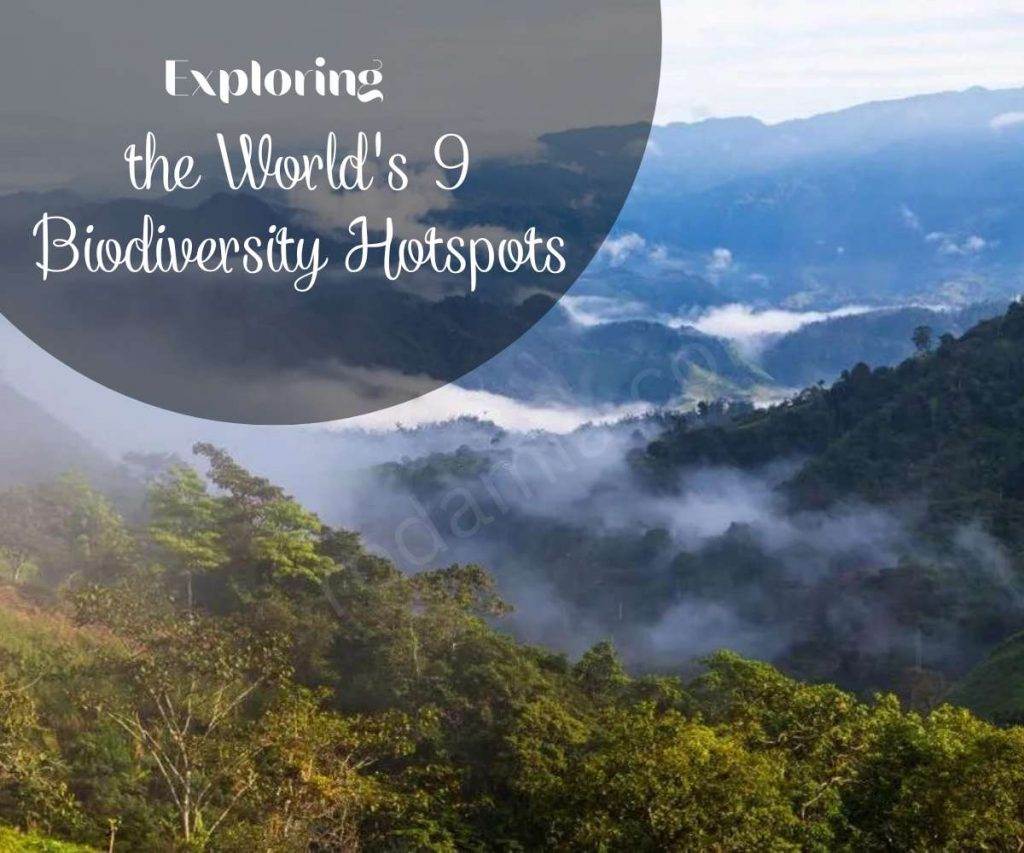Textiles are everywhere from clothes, bed sheets, carpets, and to even our car seats. Yet have you ever contemplated the limitless diversity of fibers/ materials? They exist in countless kinds, which are characterized by different characteristics and functions. Let’s head to the world of fabrics, and see some of the most common classifications.
Natural vs Synthetic
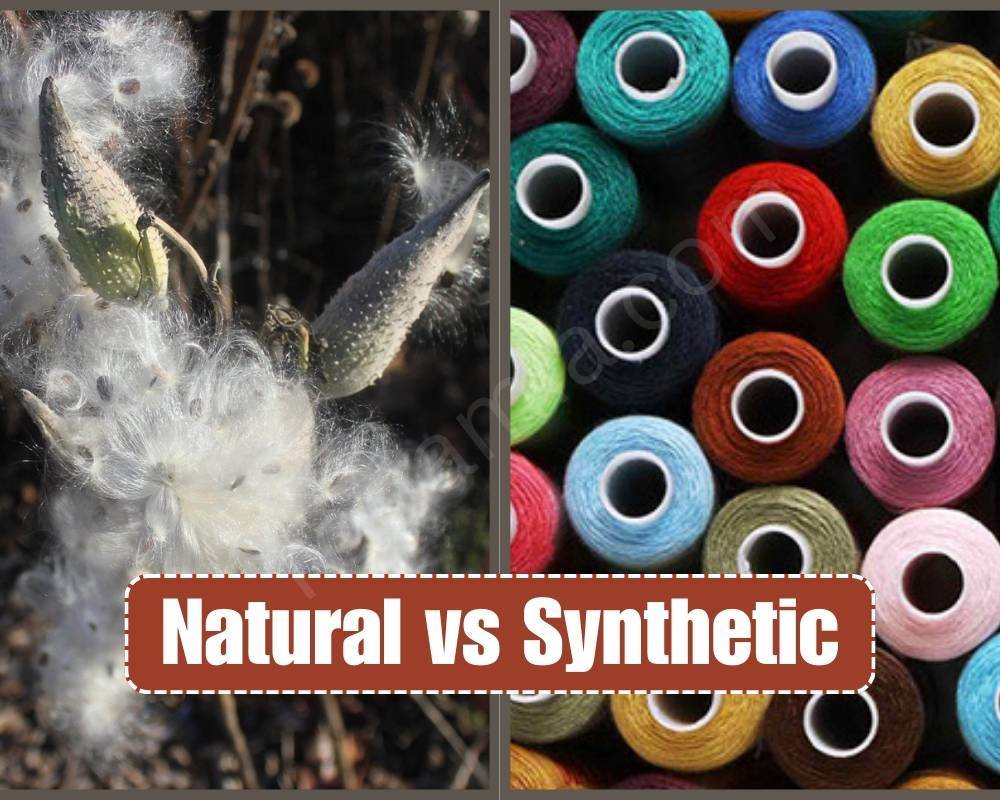
Textiles are categorized as natural or synthetic based on their origin. Natural fibers are taken from plants, animals, or minerals.
Plant-based fibers dominate the realm of natural textiles. Cotton which is the leader among this category is adored for its breathability and comfort. Linen, another plant-based variant, also presents a luxurious look and cool feel. Another plant-based option is hemp, which is known for its strength and practicality, while bamboo provides a soft and pleasant texture that is environmentally friendly.
The materials derived from animals for textile purposes provide warmth, insulation, and luxury to a certain extent. Wool, which is sourced from sheep, goats, and other animals, is often chosen for sweaters and coats because of its fantastic insulating properties. Soft, glossy, and luxurious to the touch, silk is produced from the cocoon of a silkworm. Cashmere, the hair of cashmere goats, is incredibly soft and keeps warmth at a maximum. Alpaca fleece has all the same qualities but with a hypoallergenic twist.
Synthetic Fibers Are Artificial Creations
Synthetic fabrics can imitate the properties of natural fibers but also present some distinct qualities. Polyester, a widely used synthetic fabric, has wrinkle resistance and durability and is particularly popular in activewear and easy-care clothing. Nylon is another popular choice because of its high strength and elasticity, which are essential for sports and swimwear. Acrylic, which resembles wool by its texture, is a cheaper alternative to wool sweaters and blankets.
Construction Techniques
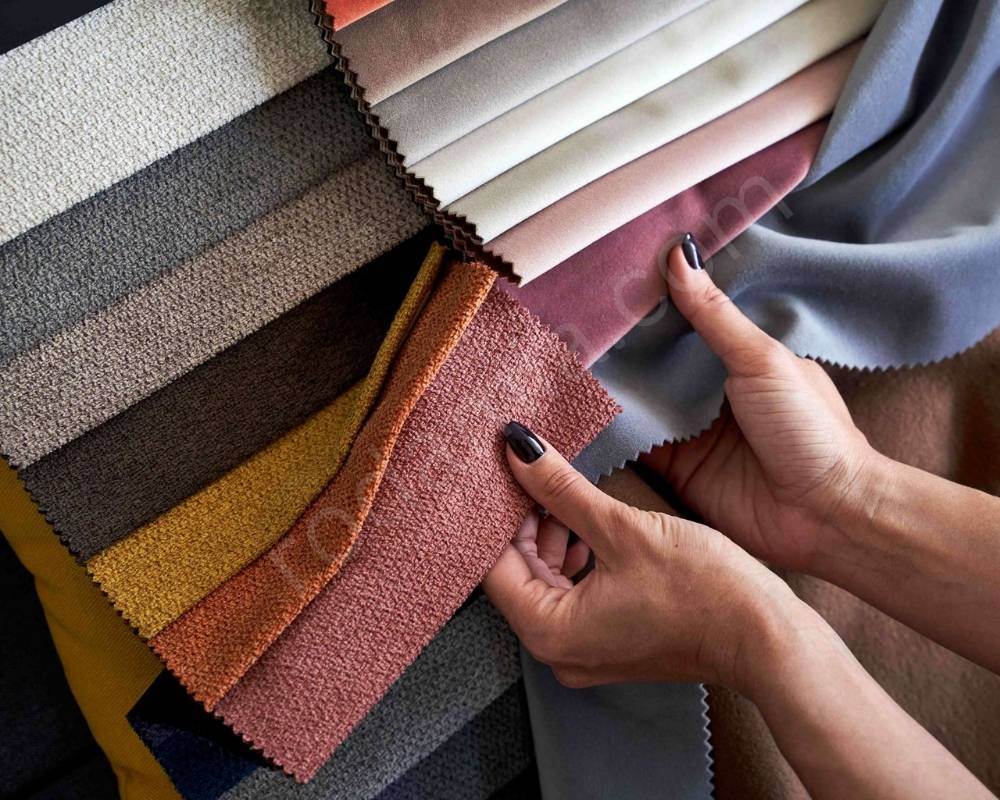
Textiles are further divided into different categories depending on which method they are made of. The weft and the warp yarns are interlaced at right angles, and this produces fabrics like denim, which is famous for its high durability and distinctive twill weave, and canvas, a heavy-duty fabric generally used for bags and tents. Fashion knitting, where the loops of different yarns create a stretchy structure, is used for jersey knit shirts, known for their comfort and casual style, and cozy sweaters. The felting technique, to adhere fibers together, generates warm and thick materials that are good for winter hats, scarves, and also other accessories.
Textiles for Every Function
The realm of textiles provides a plethora of unmatched possibilities for a number of demands. The pile of velvet makes it a luxurious addition to clothing, as evening gowns, or upholstery for furniture. Lace, a delicate type of fabric with openwork patterns, provides a perfect touch of elegance to lingerie and formal attire. Chiffon, which is a light and transparent fabric, makes for flowing dresses and blouses. Wavy seersucker fabric is a great choice for summer sewing as it is both lightweight and comfortable to wear.
Functional Fabrics
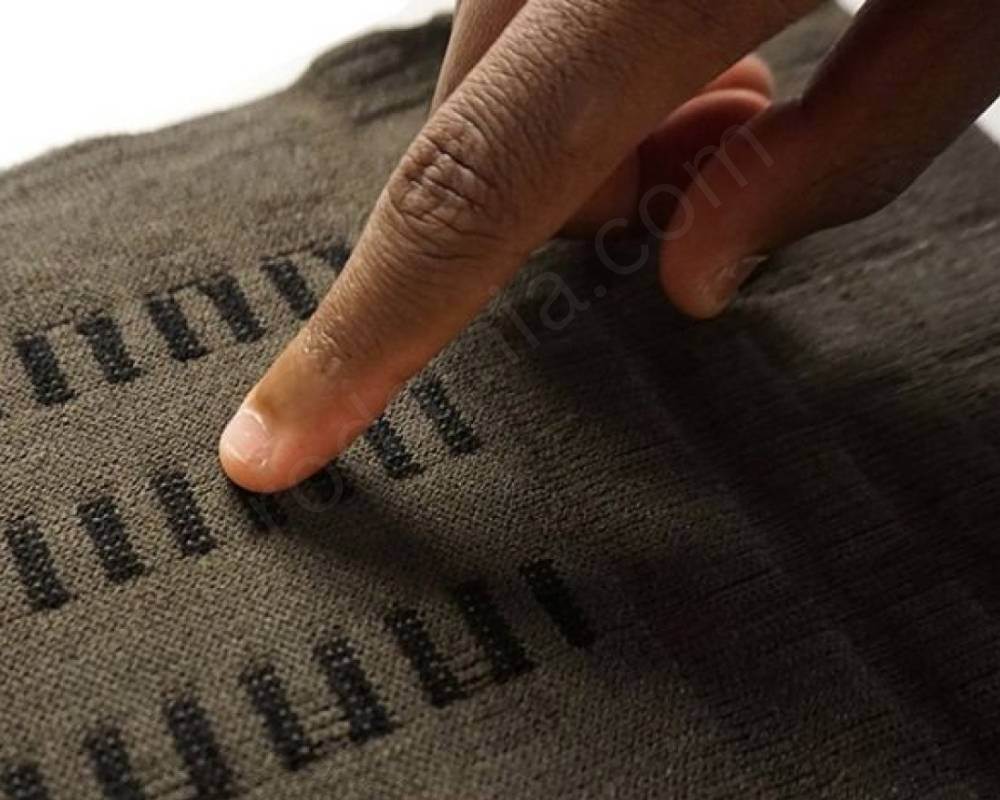
Technical textiles are a unique group of fabrics that have been engineered for particular tasks. These textiles commonly include particular functions such as waterproofing, fire retardancy, or ventilation. Cordura, for instance, is a nylon-based brand, which is widely used in backpacks and luggage thanks to its high abrasion resistance. Gore-Tex, a fabric that is both waterproof and breathable, is perfect for outdoor equipment such as rain jackets and hiking boots. These are just a few examples of functional fabrics used across industries.
Fashion Fabrics
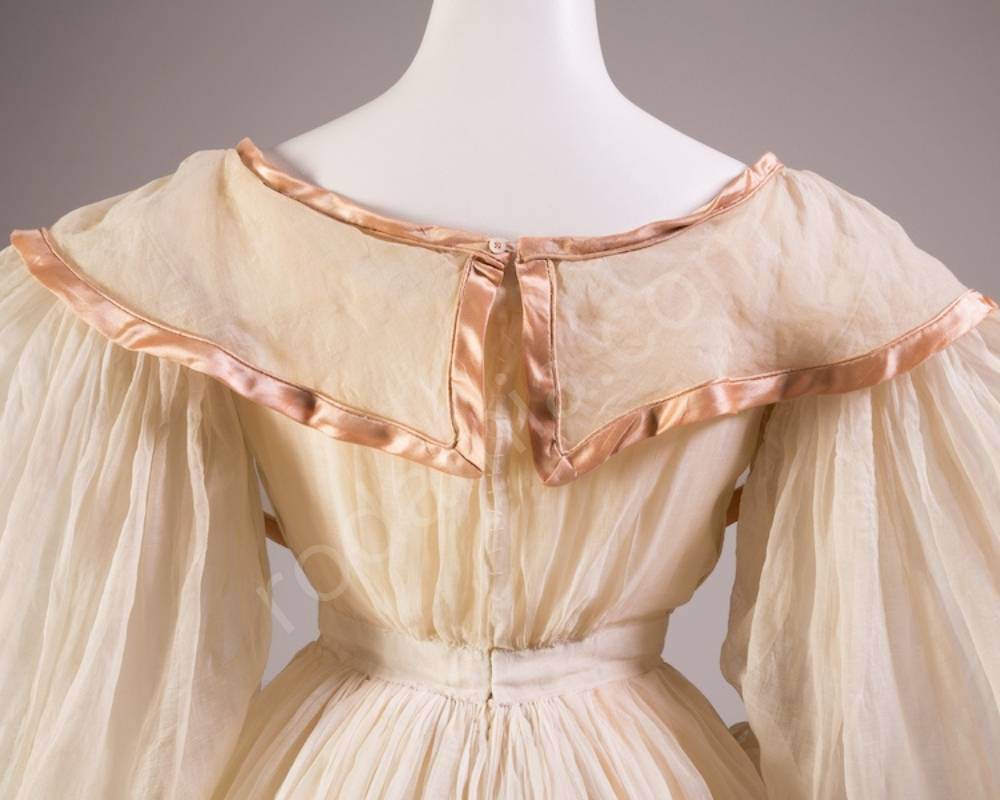
The fashion industry offers a wide array of fabrics with diverse aesthetic qualities. The sheen, which is characteristic of satin, makes it adds glamour to gowns and lingerie. The brocade, a fabric with raised patterns, renders the most breathtaking clothes and upholstery. An example of this is Jacquard, a complex weaving technique that is used for high-end clothing and furnishings. These are just a few of the many kinds of fashion fabrics that are continuously being recycled and improved.
Future of Textiles: Innovation and Sustainability
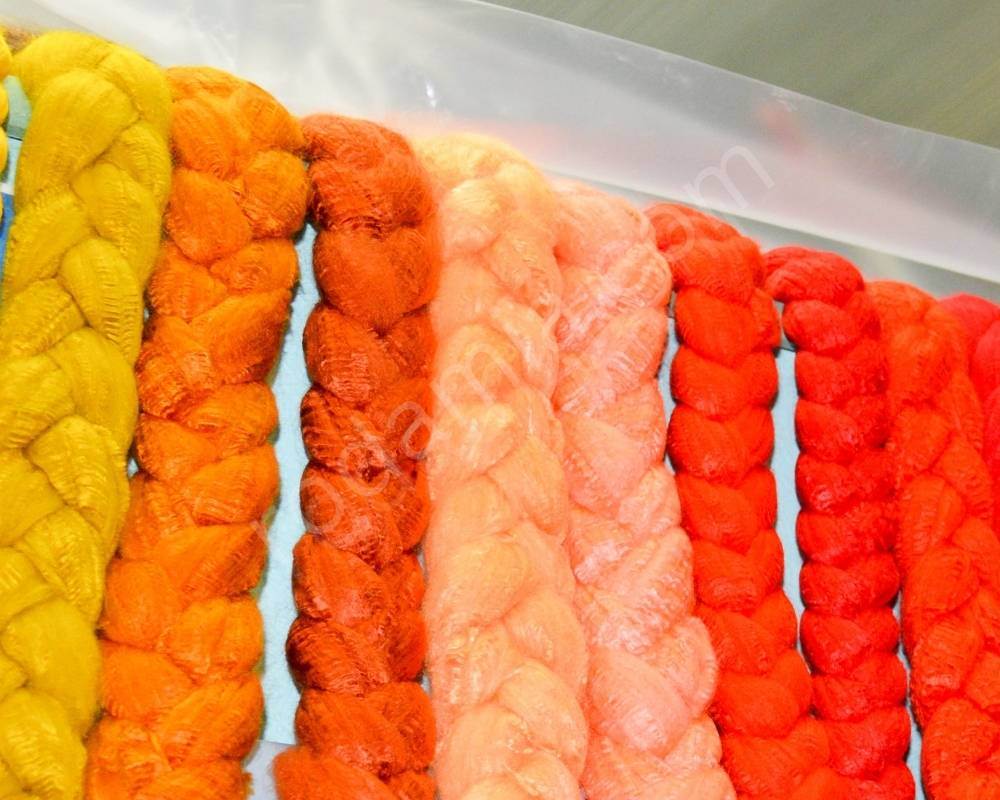
The world of fabrics is changing with the time. The emergence of new technologies is now the norm and enables the creation of fabrics with extraordinary characteristics, including self-cleaning and temperature management. Sustainability is an evolving issue that also aims at environmentally friendly fibers such as bamboo and recycled polyester.
Textile is a primary constituent of our daily life, being a source of comfort, security, and self-expression, too. Knowing the diverse class of fibers will help us in being more careful when it comes to the clothes we wear, and items we carry in our homes and also conserve the environment. Next time you handle fabric, consider the diversity it represents in the textile world.



